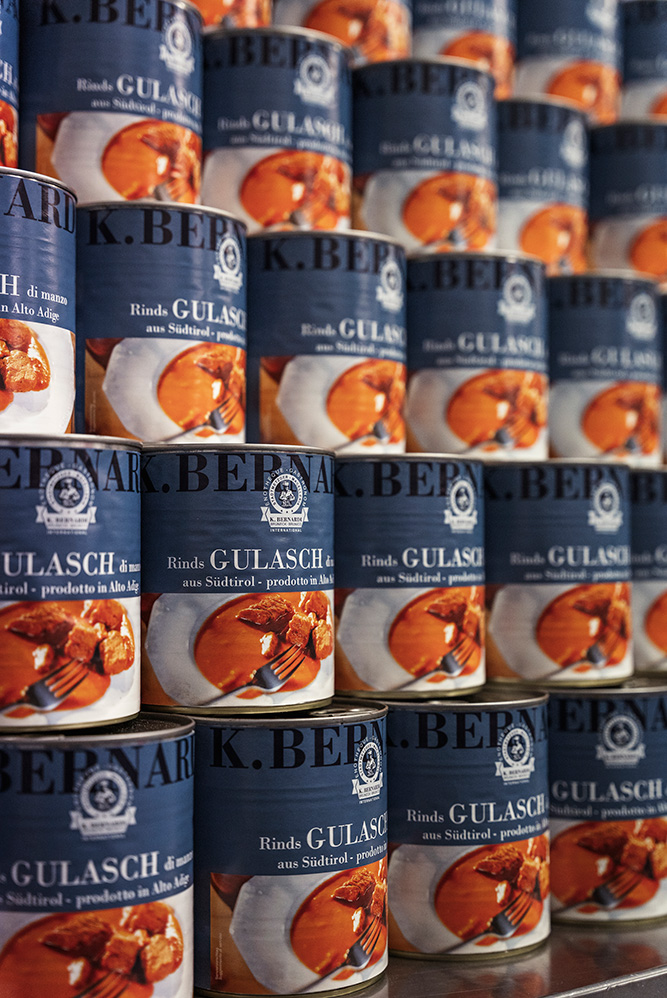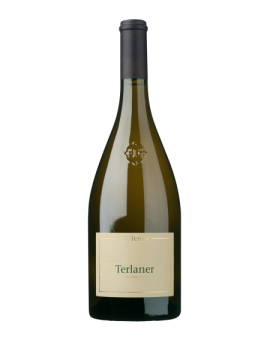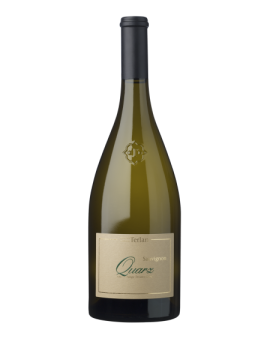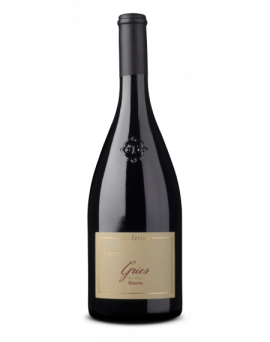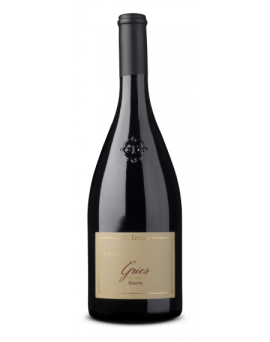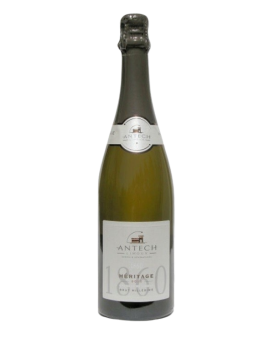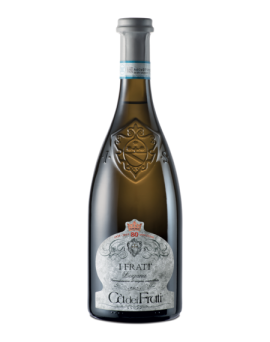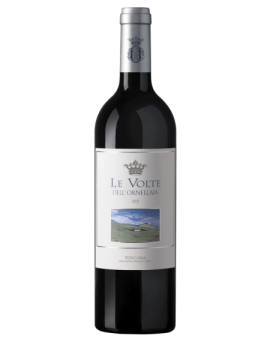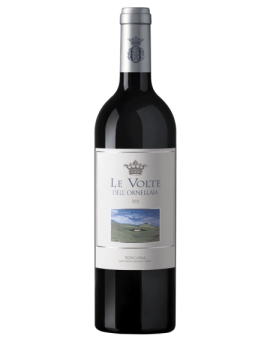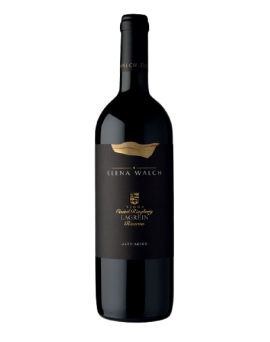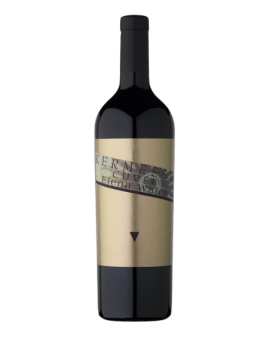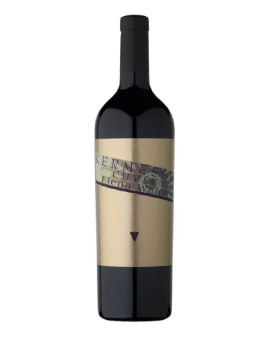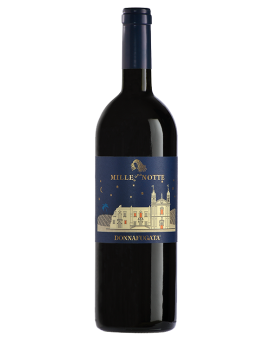Magnum Terlaner klassisch...
Terlaner Cuvée 2021<br /><br />'Our historic cuvée, which has been produced since the founding of the winery, presents itself as a very complex wine thanks to the composition of the three most traditional<br />Terlan white wine varieties: Pinot Blanc, Chardonnay and Sauvignon Blanc. Pinot Blanc, which forms the main part, provides freshness and a good acid structure,<br />Chardonnay flatters with softness and warmth while Sauvignon complements the cuvée with its fine aromatics.'<br />Rudi Kofler<br /><br />Region of Origin: South Tyrol - Italy<br />DOC area: South Tyrol Terlan<br />Variety: 60%Wißburgunder,30%Chardonnay,10%Sauvignon Blanc<br />Vintage: 2021<br />Yield: 63 hl/ha<br />Orientation: South - Southwest<br />Slope: 5 - 60<br />Altitude: 280 - 700 m<br /><br />Harvest and grape selection by hand; gentle pressing and clarification of the must by natural sedimentation of the lees; slow fermentation at controlled temperature in<br />stainless steel tanks; ageing and maturation for 6-7 months on the fine lees partly in stainless steel tanks (80%) and partly in large wooden barrels (20%).<br /><br />Alcohol content: 14 % vol.<br />Residual sugar: 1,2 g/l<br />Total acidity: 6.3 g/l<br />
Price
€39.00

